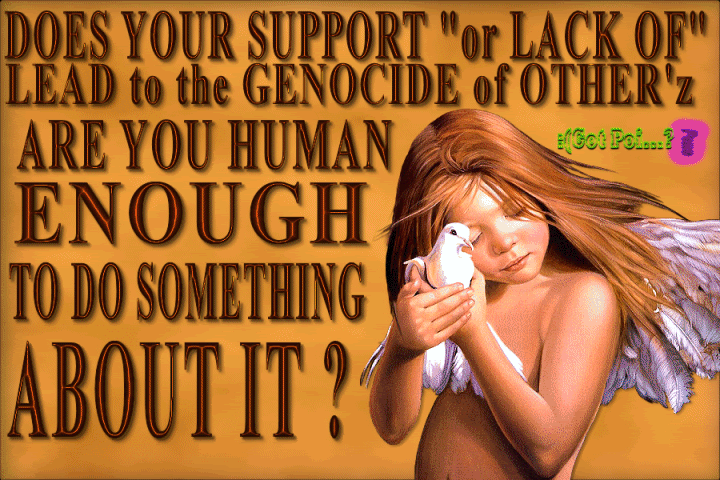
A Brief History of U.S.
Interventions:
1945 to the Present
by William Blum
Z magazine , June 1999
![]()

![]()
 { 20 MILION GENOCIDED THRU CIA Black Op's ,Schools Of Asassins ,NATO and UN with USA & UK as the BACKERS !}
{ 20 MILION GENOCIDED THRU CIA Black Op's ,Schools Of Asassins ,NATO and UN with USA & UK as the BACKERS !}

 New World Order - the 4th branch videoNew World Order - Time to blow the coverStop the Genocide on Stolen Aboriginal LANDPLEASE GIVE THIS TO YOUR FAMILY & FRIENDZ ,"WAR" !PEACE WILL NEVER HAPPEN TILL WE MAKE SO!School of AmericasThe Illuminati and the New World Order
New World Order - the 4th branch videoNew World Order - Time to blow the coverStop the Genocide on Stolen Aboriginal LANDPLEASE GIVE THIS TO YOUR FAMILY & FRIENDZ ,"WAR" !PEACE WILL NEVER HAPPEN TILL WE MAKE SO!School of AmericasThe Illuminati and the New World Order



